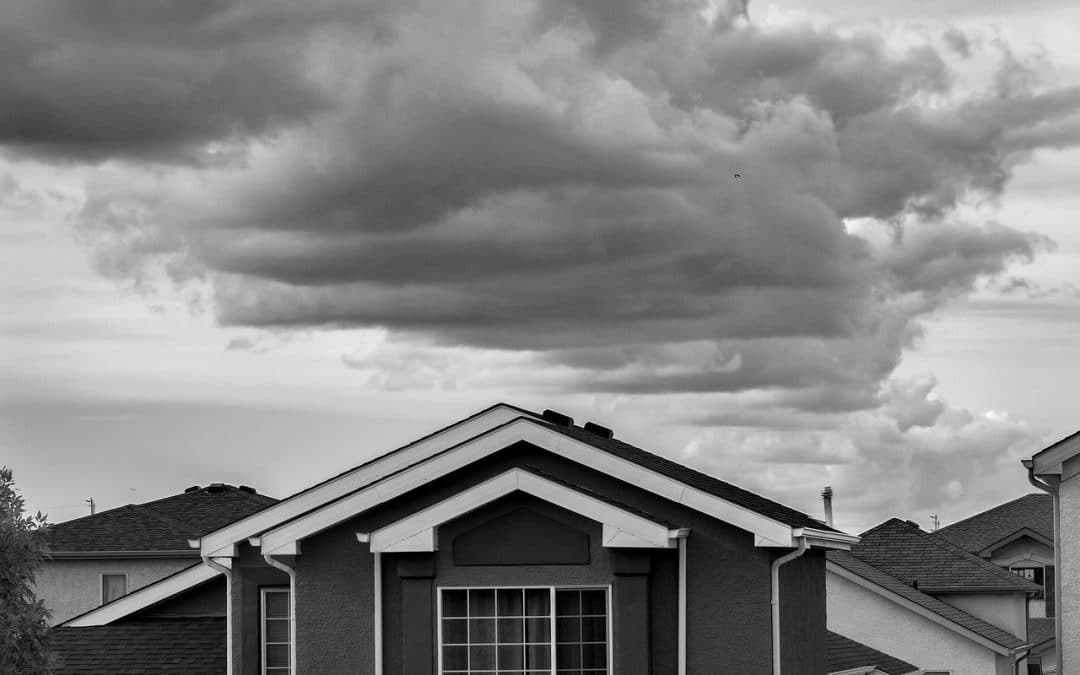Two new data reports have found housing supply is starting to outpace demand, with a surge of new listings being seesawed by a growing deficit of buyers.
Zillow (NASDAQ:Z, ZG) is reporting new listings of houses rose by nearly 13% from one year ago, while the level was up by 8% from April; the total inventory was up 22% year-over-year. And while the inventory is still 34% below pre-pandemic norms, it is the smallest deficit in more than three years.

However, while the selection of homes for sale has increased, sales are down 6% from one year earlier. And this occurred while nearly one-quarter of all homes for sale received a price cut in May, the highest share in the past six years for this time of year.
“Rate lock’s hold seems to be loosening — homeowners who may have put off listing their homes are done waiting. But just as more choices sprang up for sale, buyers turned on cruise control,” said Orphe Divounguy, Zillow senior economist. “Inflation has hit younger households hardest, and stubbornly high rates have pushed a mortgage out of reach for many first-time buyers. That has cooled competition for houses. If these trends hold, we’re likely to see price growth flatten or tick down over the next year.”

Separately, data from Redfin (NASDAQ: RDFN) determined more than three in five (61.9%) homes that were on the market in May had been listed for at least 30 days without going under contract. This is up from 60% one year earlier and roughly 50% two years earlier.
Redfin also warned that having more homes for sale in a slow demand market will result in a glut of less-desirable listings.
The share of inventory sitting on the market for 30-plus days was most onerous in Dallas, where just over 60% of listings that were on the market in May had been listed for at least 30 days, up from 53% a year earlier. Slow-moving markets are also happening in three Florida metros: Fort Lauderdale (75.5%, up from 68.2%), Tampa (68.7%, up from 61.9%) and Jacksonville (69.2%, up from 62.9%). On the flip side, the percentage of homes sitting on the market for at least 30 days has declined most in Seattle (41.2%, down from 50.5%), Las Vegas (55.9%, down from 63.9%) and San Jose, CA (34.4%, down from 42.2%).


